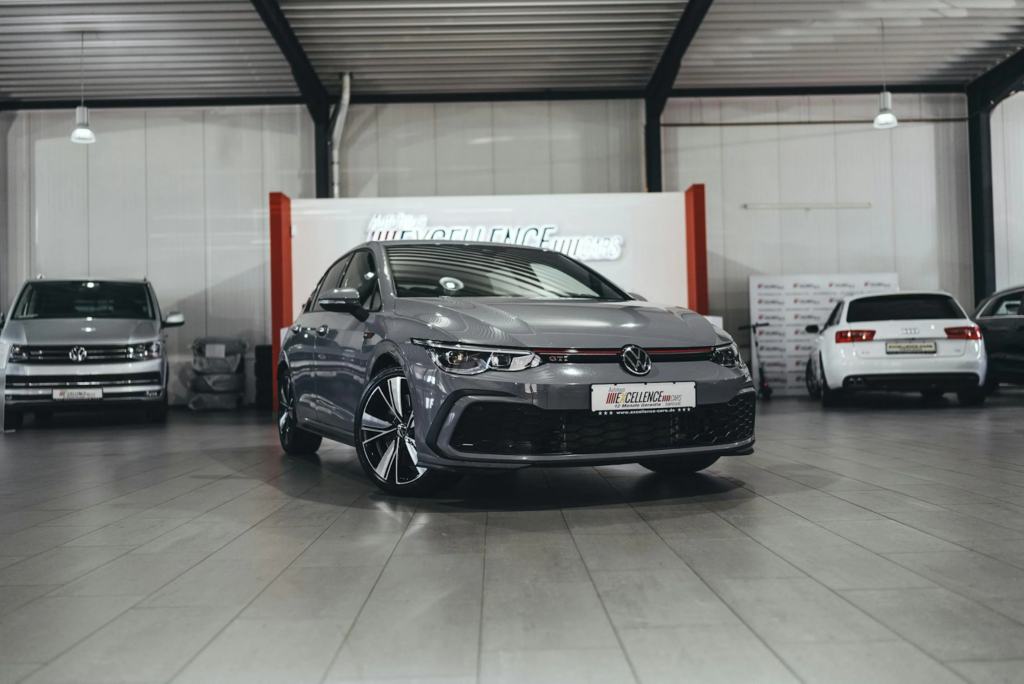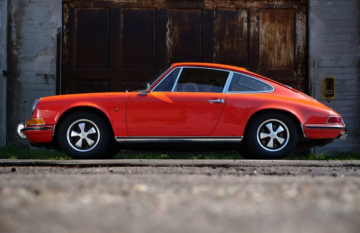If you took a second to type the keywords ‘new car’ or ‘used truck for sale’ into a search engine, you’d be greeted with pages of links, ads and enticing meta descriptions. The range of vehicles available to buy or lease is vast. It’s brilliant for motorists to have so much choice, but the sheer number of makes and models can make it difficult to narrow your options. In this guide, we’ll outline some essential steps to make finding your next vehicle a breeze.

Used versus new
One of the most important questions to answer when you’re swapping or upgrading your car is ‘Would you prefer a new or used vehicle?’ There are pros and cons to each option. New cars come in pristine condition, they look stunning and there’s no need to worry about previous owners, bumps or scuffs. Used cars tend to be more affordable and this often means that you have access to a wider range of makes and models. Unlike brand-new vehicles, there may be evidence of scratches and scrapes and there will be miles on the clock. It’s beneficial to weigh up the advantages and disadvantages of both options before you decide what to do. If you would prefer a brand-new car fresh from the showroom, but the model you want isn’t affordable, you may find that buying a used car suits you better. If you’re worried about upkeep and maintenance costs, it may make financial sense to go for a new car.
Setting a budget
There are two main ways to buy a car today. You can either pay the total cost of a new or used vehicle upfront or you can buy on finance, which enables you to spread the cost via regular installments. Whichever route you take, it’s wise to set a budget. If you want to own the vehicle outright, set a maximum purchase price. If you plan to buy a car by paying monthly or you’re considering a long-term lease, establish how much you can afford for the repayments.
When you’re setting a budget for a new car, it’s always helpful to factor in additional expenses, such as insurance, fuel and maintenance. Insurance premiums have risen significantly. Data shows prices soared by over 50% between 2020 and 2024 in the US. If you’re comparing makes, or the model you want is at the top of your price range, make sure you get quotes for auto insurance before you make a decision.
Buying a car is a significant financial investment for most motorists, but there are ways to save. Examples include comparing offers and prices on new and used cars, using price comparison websites to access the best insurance deals, spreading the cost via car finance and looking for the latest manufacturer discounts and incentives. It’s always beneficial to take the time to carry out extensive research online, visit dealerships and showrooms and see what kinds of offers manufacturers have available before you sign any contracts.

Considering your needs
We use vehicles for a range of activities and purposes. While some drivers need a runaround to do the school run or commute locally, others need vehicles for work or long-distance driving. When you’re looking for your next car, truck or van, think carefully about your needs as an individual or a family. How will you use the vehicle, how much space do you need and what kinds of features would be beneficial? For families, space and safety are often key priorities while for those who use a car or truck for work, the size of the trunk and the ability to cover different types of terrain may influence their choices.
Many of us need multipurpose vehicles. One trip may involve dropping children at school while the next may be going to a job in the countryside or traveling to a meeting on the other side of town. If you need a vehicle that checks multiple boxes, it’s an excellent idea to consider trucks or large, practical cars such as SUVs. If you find a Ford F150 for sale, you can run errands while benefiting from practical features and capabilities, such as towing and hauling and carrying large or heavy equipment. SUVs are ideal for those who make short and long journeys regularly and need more space than a standard hatchback or saloon.
For drivers who cover a lot of miles, for example, sales reps or those who have a long commute, fuel type and efficiency may be driving factors. The higher the MPG, the lower the cost per journey. If you’re considering switching to a hybrid or electric vehicle, you may also want to calculate potential cost savings before deciding which vehicle is best for you.
Outlining your preferences
When you spend a lot of money on a new or used car or truck, it’s understandable to want to find a vehicle you like. In addition to your requirements, consider your preferences. Perhaps you prefer a specific style or model, you want a car that has the latest safety features or you’re interested in performance levels, or maybe you’re looking for a greener vehicle to lower your carbon footprint. Going into a vehicle search with a list of needs and preferences will help you narrow the options and create a customized shortlist. It will also make it easier to find a car that will work for you.
Arranging test drives
Reading brochures, manufacturer guides, auto blogs and magazines is helpful for researching and discovering different makes and models, but there’s only so much you can learn without getting behind the wheel. Arranging test drives is a brilliant way to analyze performance, evaluate the driving experience and make sure you find a vehicle you enjoy driving. It’s critical to be comfortable if you’re traveling long distances or to ensure you have enough space if you’ve got kids in the back, for example. Use test drives to give you additional information and get a feel for the vehicles on your shortlist. Once you’ve tested all the cars you like, you’ll have a much better insight into which one is right for you.
A quick search will throw up hundreds or even thousands of results if you look for a new or used vehicle online. It’s great to have such a wide range of vehicles to choose from, but it can make finding the perfect car challenging. If you’re ready to swap or upgrade your car, or your needs have changed, follow these essential steps. Weigh up the pros and cons of used and new cars, set a budget, consider your needs and preferences, create a shortlist, and arrange test drives.



